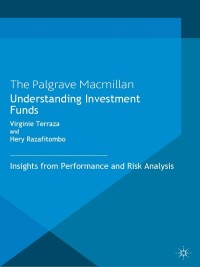Question
QUESTION 4 It is important to recognize that audit sampling may be constructed on a nonstatistical basis. If the auditor uses statistical sampling, probability theory
QUESTION 4 It is important to recognize that audit sampling may be constructed on a nonstatistical basis. If the auditor uses statistical sampling, probability theory will be used to determine sample size and random selection methods to ensure each item or GHc1 in value of the population has the same chance of selection. Non-statistical sampling is more subjective than statistical sampling, typically using haphazard selection methods and placing no reliance on probability theory. However, in certain circumstances statistical sampling techniques may be difficult to use. The auditor will review the circumstances of each audit before deciding whether to use statistical or non-statistical sampling. Required: (a) List three situations where the auditor would be unlikely to use audit sampling techniques. (3 marks) (b) Explain what you understand by the following terms: (i) Random sampling; (2 marks) (ii) Monetary unit sampling. (2 marks) (c) Describe the factors which the auditor should consider when determining the size of a sample. (2 marks) (d) Describe to what extent statistical sampling enhances the quality of the audit evidence. (3 marks) (e) Explain how judgement is used in statistical and non-statistical sampling. (3 marks)
Step by Step Solution
There are 3 Steps involved in it
Step: 1

Get Instant Access to Expert-Tailored Solutions
See step-by-step solutions with expert insights and AI powered tools for academic success
Step: 2

Step: 3

Ace Your Homework with AI
Get the answers you need in no time with our AI-driven, step-by-step assistance
Get Started


